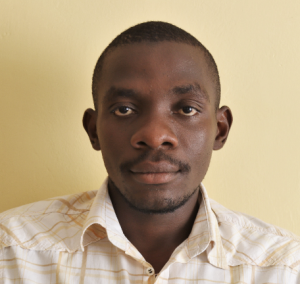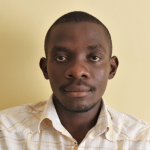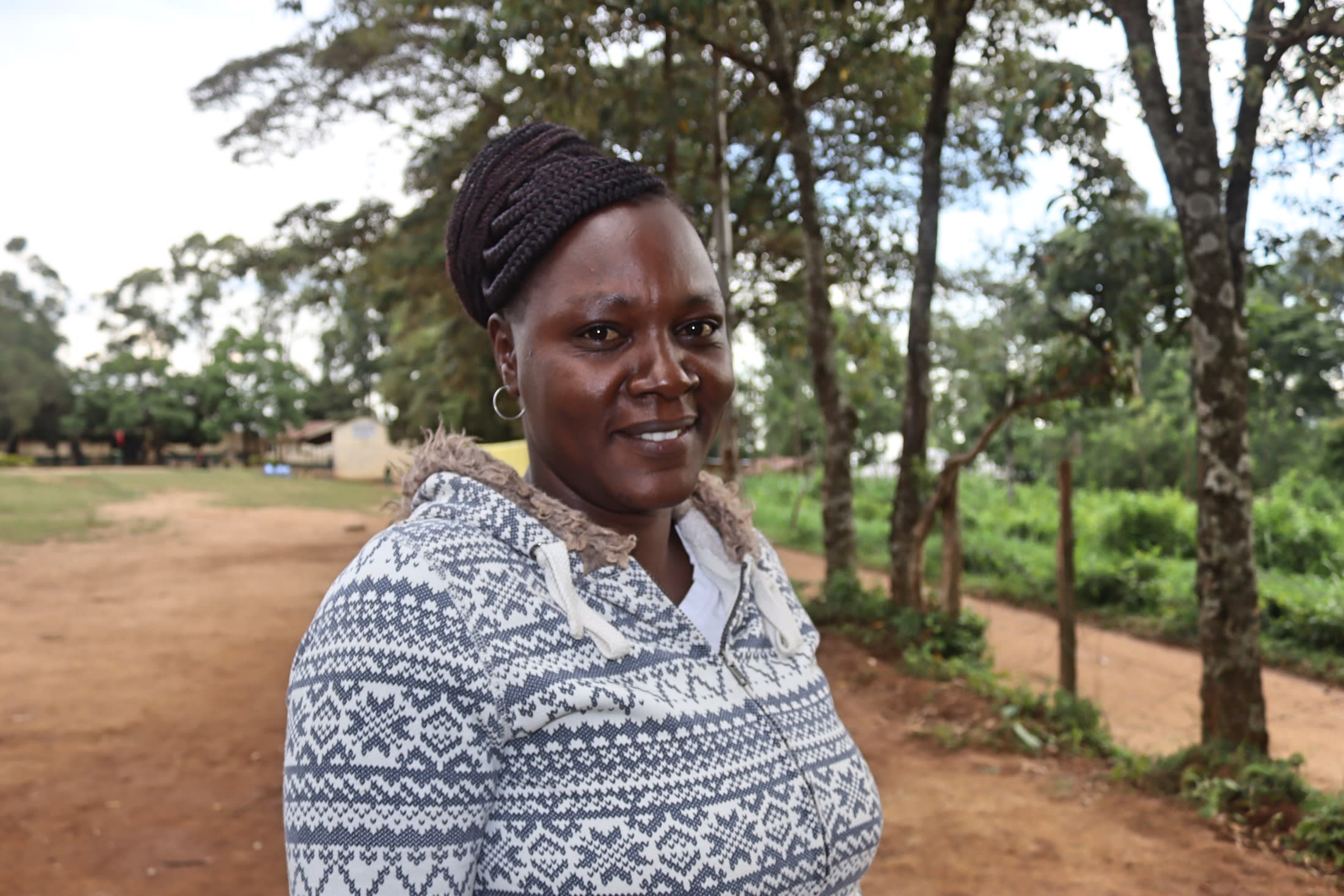The 423 students and 15 staff at Jepkoyai Primary School currently depend on two water sources.
The first is a small rain tank, whose limited 4,000-liter capacity cannot provide enough water for everyone with the region's uncommon/seasonal rainfall. For perspective, if the rain tank miraculously filled up every morning (which it doesn't), it still wouldn't provide enough water for handwashing, cleaning, and drinking. The school needs at least a 75,000-liter tank in order to cater to its needs.

The school's second water source is a semi-protected spring, which is located a steep hike away from the school, and is shared with community members and animals alike.

One of the school's teachers, Mihsa Bilhu, feels for her students: "We are worried about time spent by our students fetching water. Our little girls are also risking a lot walking long distances. I really feel bad seeing students being taken from class to fetch water, but again, our hands are tied. We just have to."

"After climbing the steep slope, we are usually very tired in class and therefore cannot fully concentrate," said Cosmas, who is a student at Jepkoyai. "While carrying containers from home, they frequently get lost, which eventually leads to punishment by our parents."
Students have to fetch water every morning, interrupting their study time. In the case of higher demand for water, like when the school hosts visitors, the students are sent for water during the day, which distracts them again. This frequent interruption affects them academically.
Jepkoyai Primary School needs its own water source for the students to thrive.
What We Can Do:
New Well
We conducted a hydrogeological survey at this school and the results indicated the water table beneath it is an ideal candidate for a borehole well. Due to a borehole well's unique ability to tap into a safe, year-round water column, it will be poised to serve all of the water needs for this school's large population, even through the dry months.
The school will help collect the needed construction materials such as sand, rocks, and water for mixing cement. They will also provide housing and meals for the work team, in addition to providing local laborers. We will complement their materials by providing an expert team of artisans and drilling professionals, tools, hardware, and the hand-pump. Once finished, water from the well will then be used by the school’s students and staff for drinking, handwashing, cooking, cleaning, and much more.
Handwashing Stations
The student health club will oversee the two new handwashing stations we will provide, and make sure they are kept clean and in working condition. The club leaders will fill the handwashing stations with water daily and make sure they are always supplied with a cleaning agent such as soap or ash.
VIP Latrines
We will construct two triple-door latrine blocks using local materials that the school will help gather. Three doors will serve the girls and three doors will serve the boys. All of these new latrines will have cement floors that are designed to be easy to use and to clean. And with a borehole right on school property, there should be enough water to keep them clean.
Training on Health, Hygiene, COVID-19, and More
We will hold a one-day intensive training session with students, teachers, and parents. This training will cover a wide range of topics including COVID-19 symptoms, transmission routes, and prevention; personal and environmental hygiene; and the operation and maintenance of the borehole, latrines, and handwashing stations. There will be a special emphasis on handwashing.
Our team of facilitators will use a variety of methods to train, including participatory hygiene and sanitation transformation, and asset-based community development. We will initiate a student health club, which will prepare students to lead other pupils into healthy habits at school and at home. We will also lead lectures, group discussions, and provide illustrative handouts to teach health topics and ways to promote good hygiene practices within the school including handwashing and water treatment. We will then conduct a series of follow-up trainings before transitioning to our regularly scheduled support visits throughout the year.
We and the school strongly believe that all of these components will work together to improve standards at this school, which will help lead to better student academic performance and will help unlock the opportunity for these students to live better, healthier lives.






 Borehole Well and Hand Pump
Borehole Well and Hand Pump
 Rehabilitation Project
Rehabilitation Project

















 Drilling commenced with excitement in the air. The team drove down a temporary casing to keep the walls from collapsing as the rig progressed. We continued drilling to reach a final depth of 70 meters with a final static water level of 62 meters.
Drilling commenced with excitement in the air. The team drove down a temporary casing to keep the walls from collapsing as the rig progressed. We continued drilling to reach a final depth of 70 meters with a final static water level of 62 meters.















